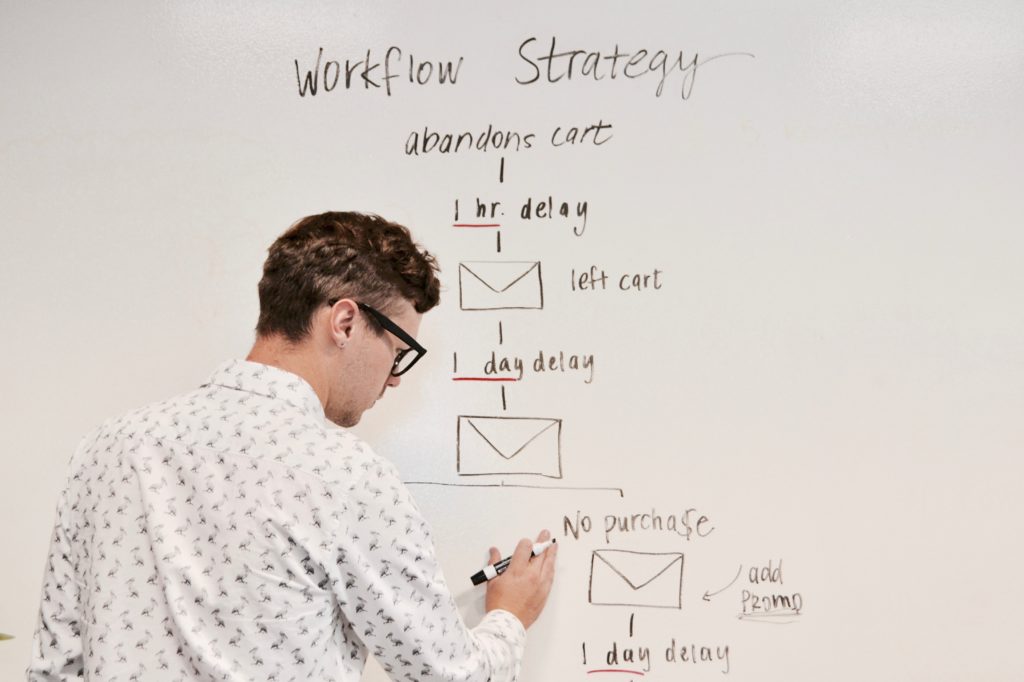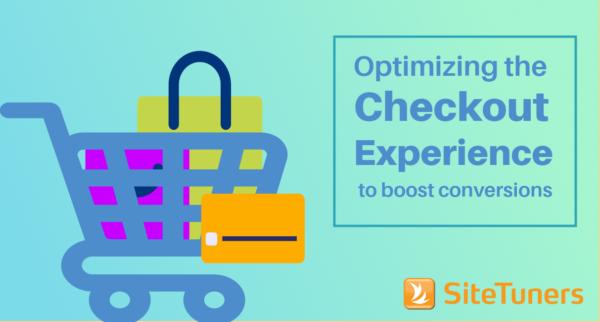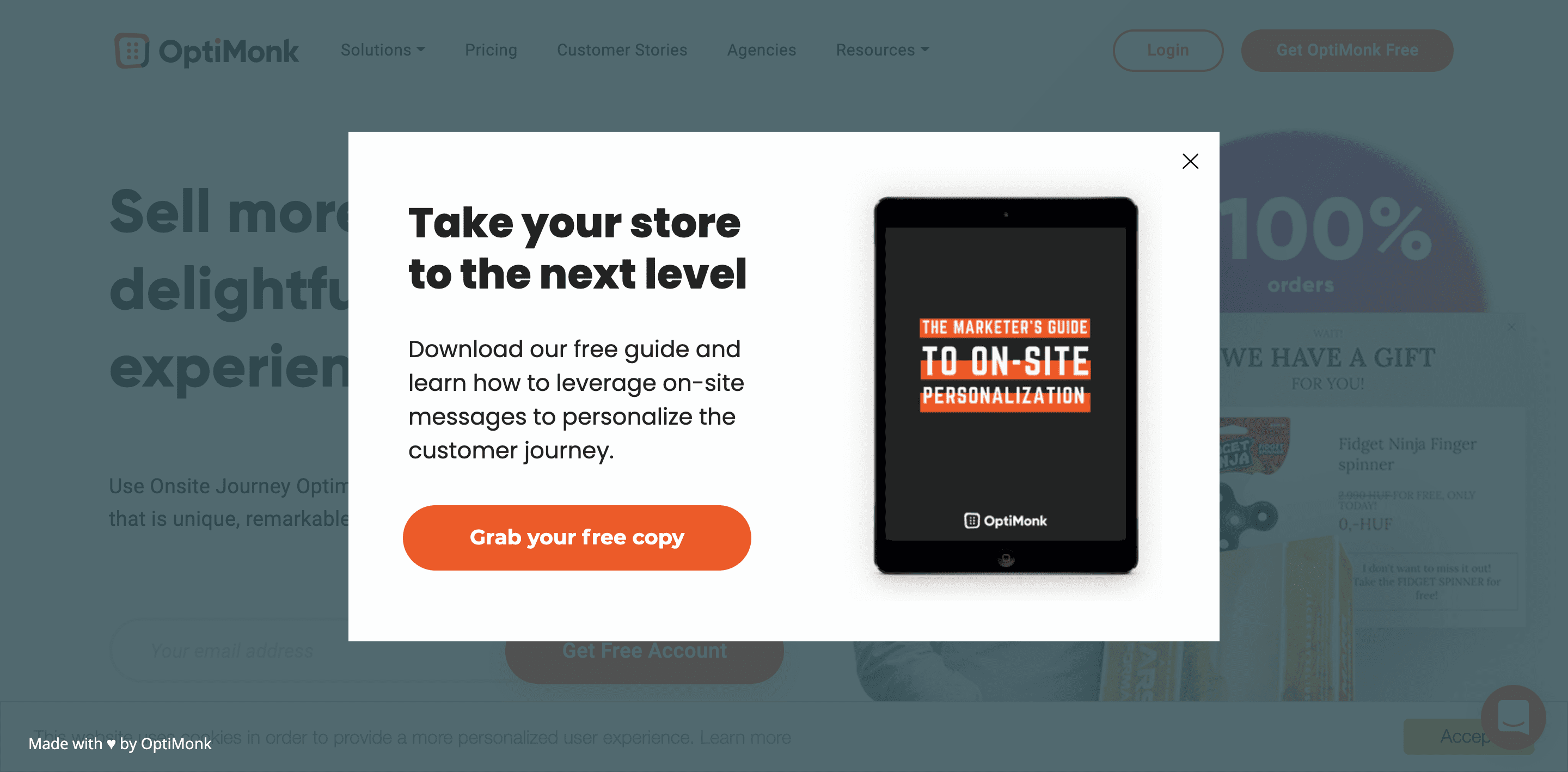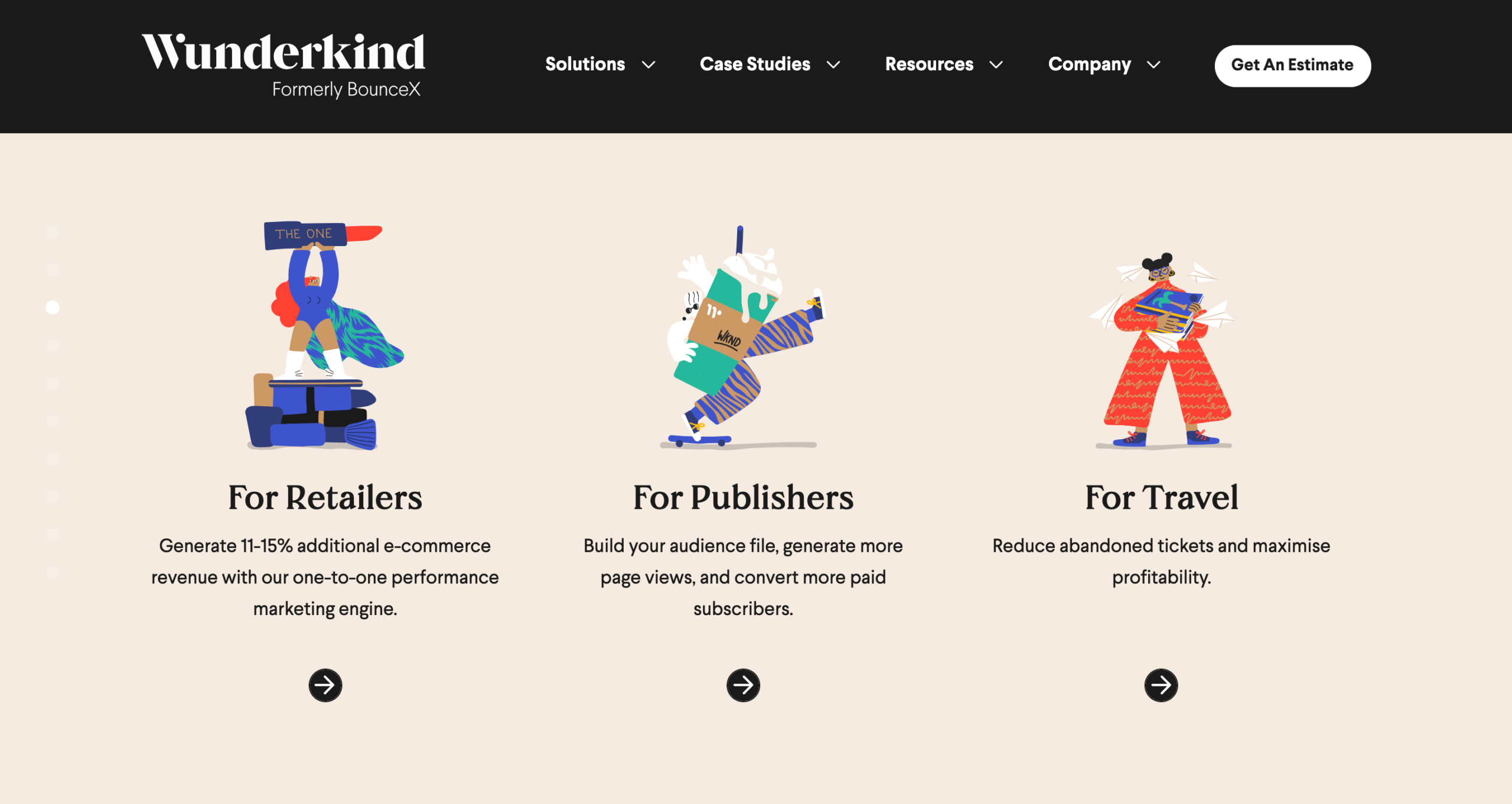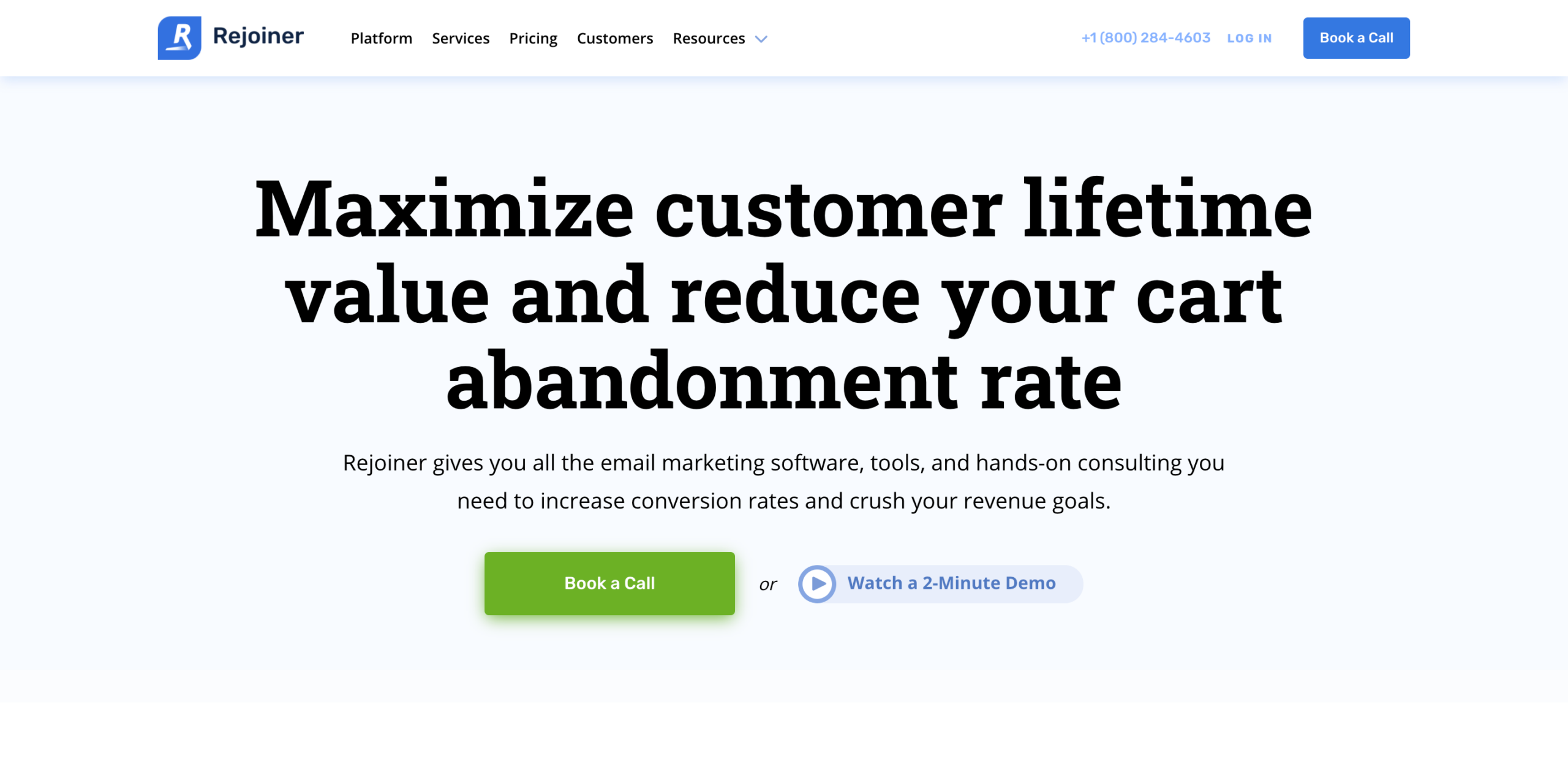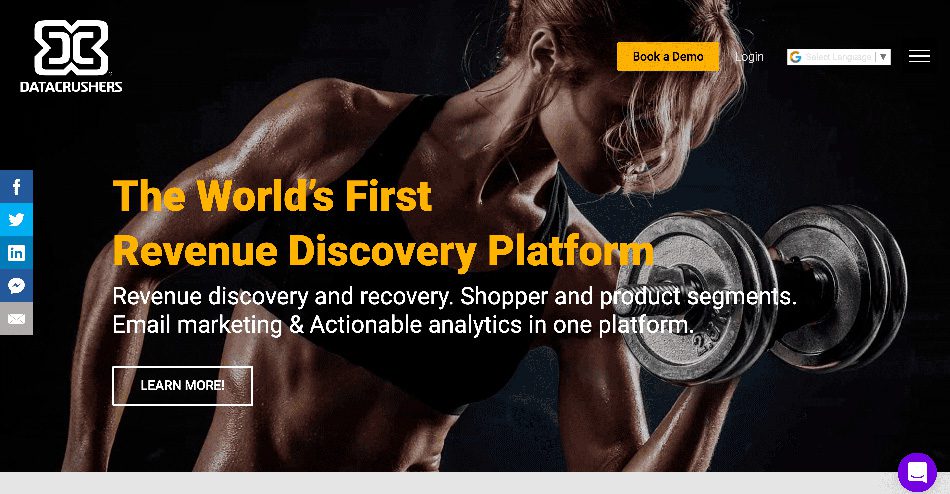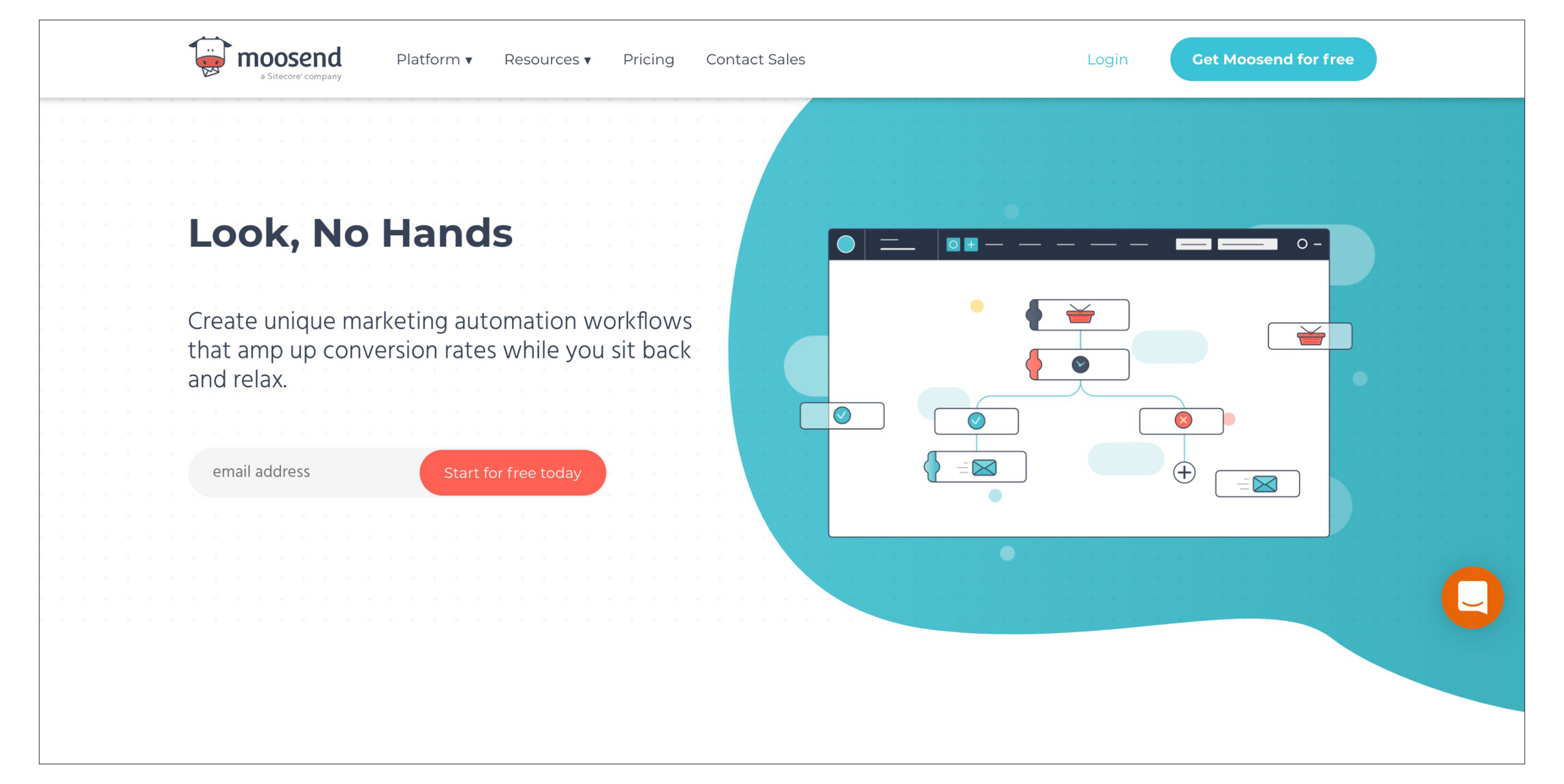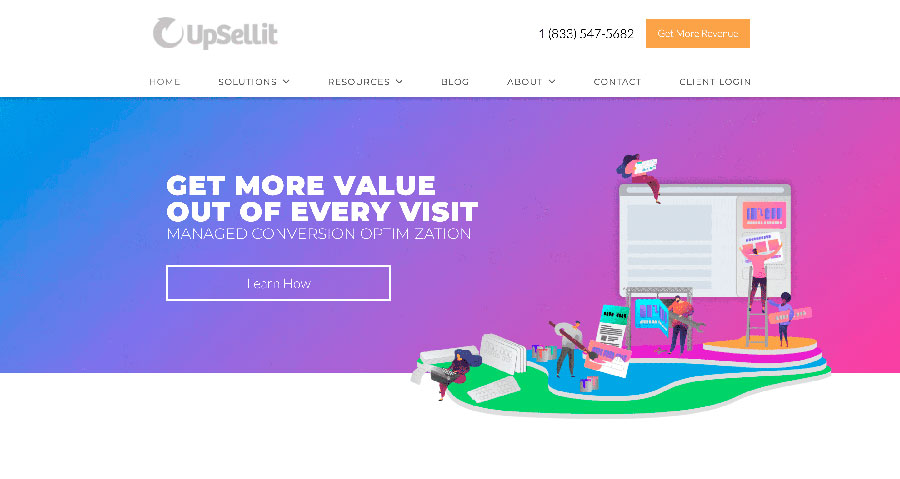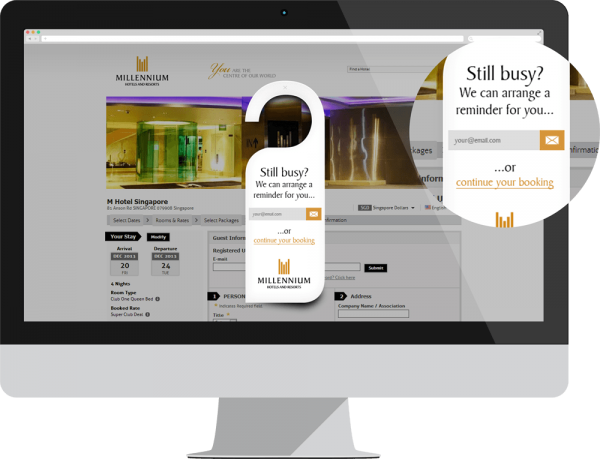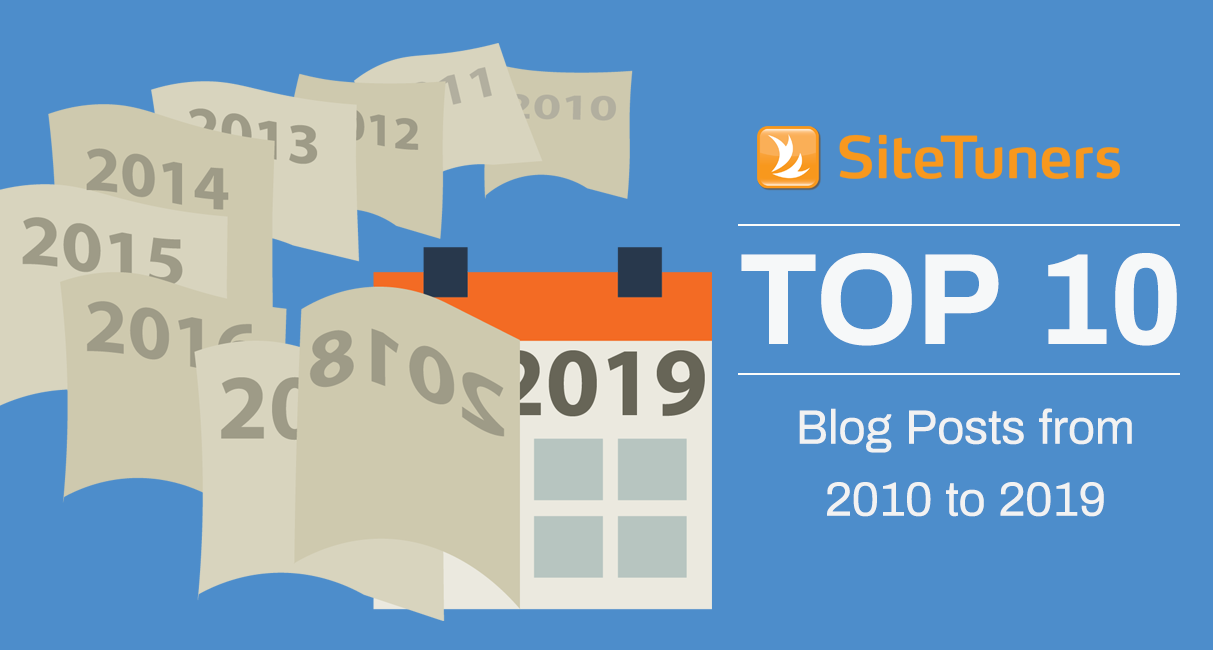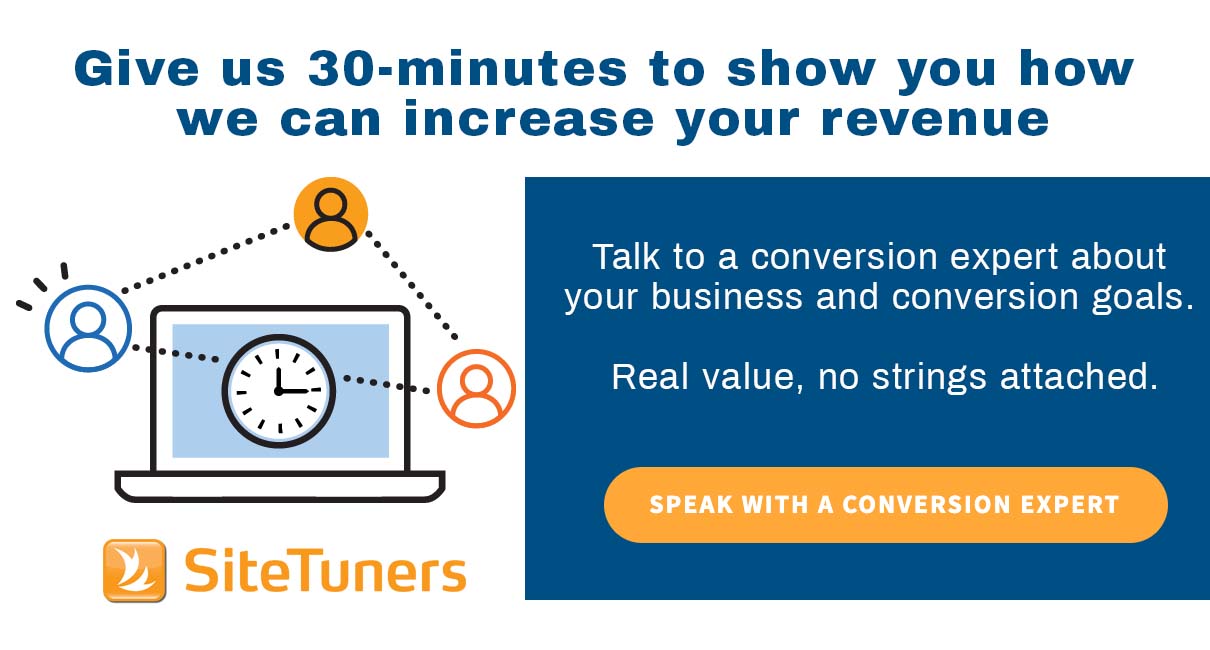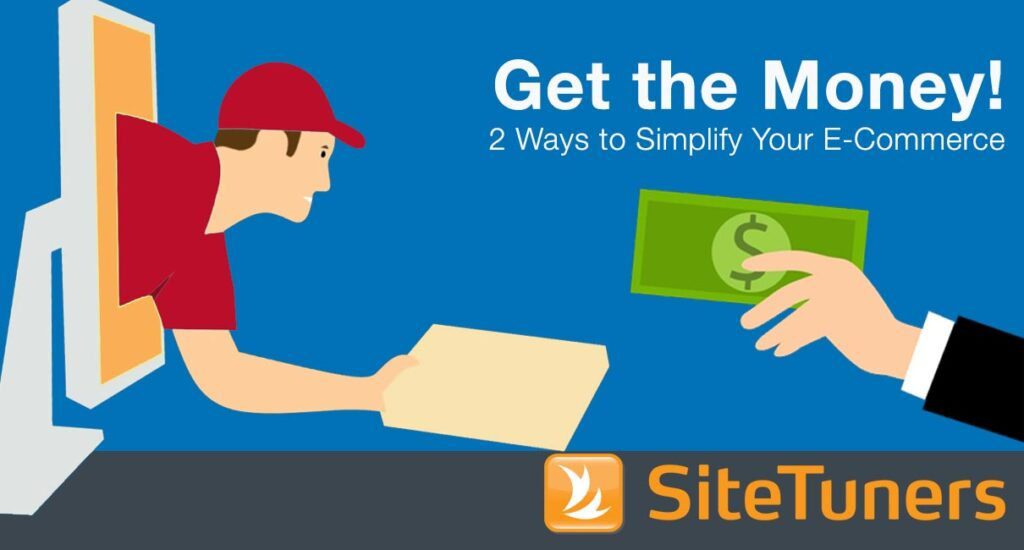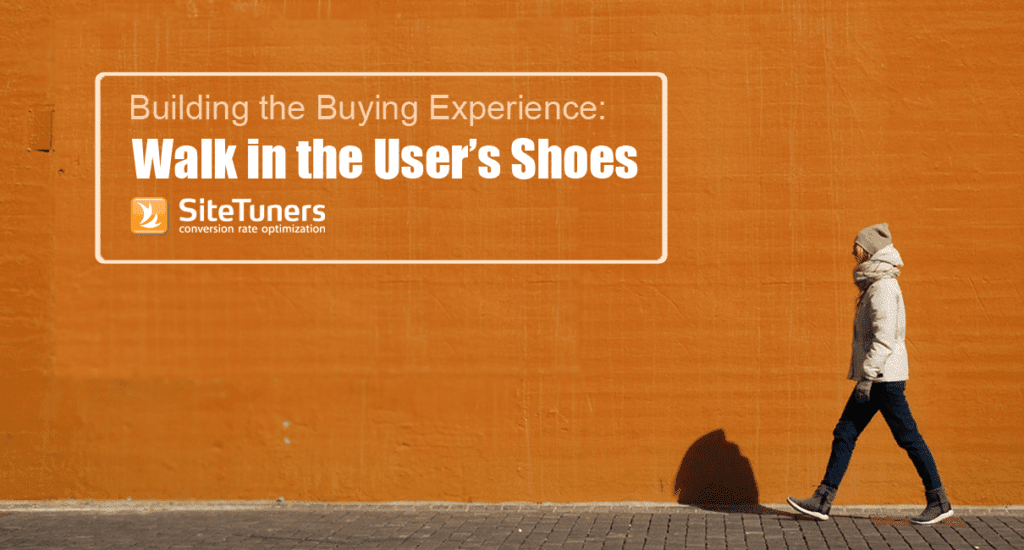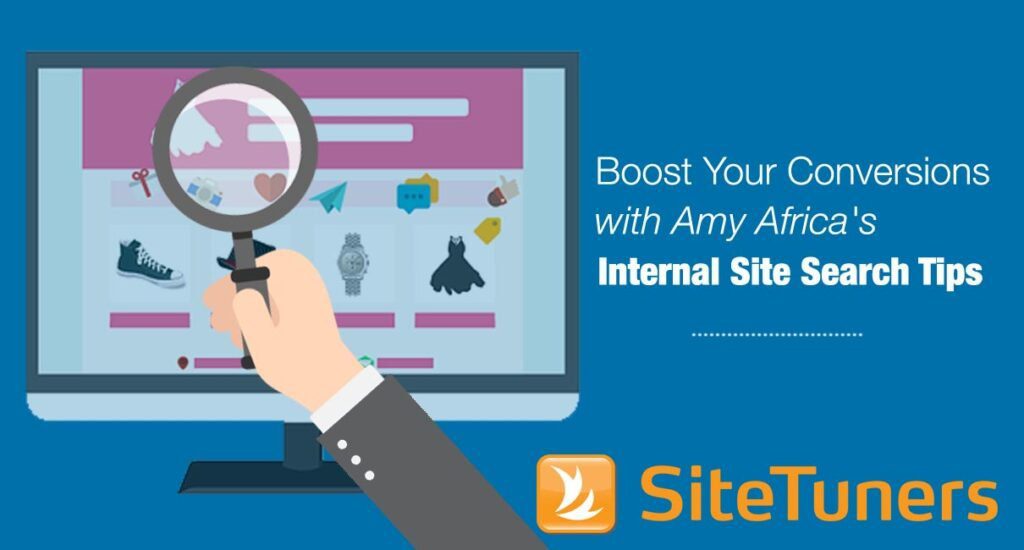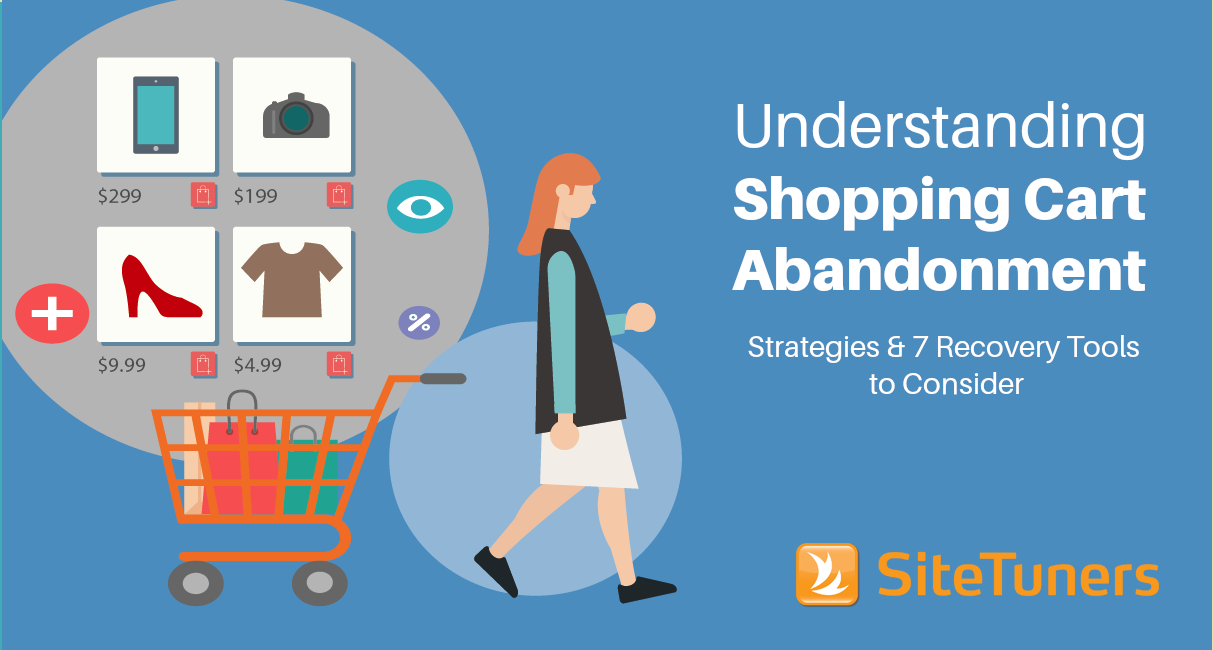
If you made your way here it is because you probably need a better understanding of shopping cart abandonment.
Or, you do understand it but need to learn more about the main reasons for shopping cart abandonment!
If you are somehow familiar with this situation and you want to do something about it, here are some insights and recommendations for you that you cannot afford to miss.
Picture this:
You put together a very compelling catalog of products.
Your investment in PPC and advertising is in place.
A fresh influx of traffic starts landing on your website.
Your new visitors add 1 or more items to their shopping cart.
And then……THEY LEAVE!
What happened? How is it possible? When they seemed to find what they were looking for, they just leave empty-handed?
Is it because there is something wrong with your website?
Maybe, but before you jump to that conclusion, you need to consider a few key components to understanding the main reasons for shopping cart abandonment, when you should worry about it, and learn about some tools to improve your retargeting strategies.
What is Shopping Cart Abandonment?
Well, this is a straightforward answer, right?
You might say that shopping cart abandonment happens every time a website visitor adds products to your website’s shopping cart, and they leave without finalizing the purchasing process.
Simple, don’t you think?
Well, not quite! The short answer is Yes, the previous explanation defines shopping cart abandonment but, there is more to it:
Let´s start from the beginning.
The purchasing process A.K.A. the Customer Journey Map is the natural path any buyer goes through every time they acquire a new product or service.
And it is normal for website visitors to add things to the shopping cart and then not complete the purchasing process.
It will always happen to some extent.
Just relax… it is normal…
Oh well, do not get too comfy out there. We got work to do!
It is true that shopping cart abandonment will always happen, it is just part of the process. In most cases, your website visitors are not ready for the commitment of purchasing yet. They are just considering and comparing what is the best option for them.
To understand this concept even better, remember the last time you bought a pair of shoes? I bet you did not pop into a random shop and leave two minutes later wearing your brand-new shoes, did you?
Well, the same thing happens with online purchasing, but the beauty of the online shopping cart is that customers can save what they like for consideration to purchase later.
I am going to repeat this sentence louder since here is the key component that works on your behalf.
THEY CAN SAVE WHAT THEY LIKED FOR CONSIDERATION TO PURCHASE LATER!!!
Does this sound like RETARGETING TO YOU?
We are going to discuss retargeting in more detail further on in the 7 Recovery Tools to Consider section.
But first things first!
When should I worry?
Now we are into the meat and potatoes.
So, is it really bad?
The short answer is probably, but it depends on the abandonment rate for your specific industry and most important what you do with all those abandonments.
According to Statista.com the worldwide average shopping cart abandonment across all industries for 2019 was 69.57%.
And that is a lot of abandonment!!
If you wish to a better insight into a specific industry here is an interesting graph for you:
Source: Statista.com
So, the first sign to worry is whether your cart abandonment rate is over the industry average.
And a huge sign of problems and when you should start to get worried is when the cart abandonment happens AFTER they start the checkout process.
Houston… we got a problem…
Why does shopping cart abandonment happen?
There are a number of reasons why this might happen.
And there is nothing like a good ol´ Hotjar analysis to find your specific problem areas. After that, you will decide the conversion rate strategic plan that best fits your solution.
However, I am going to give you a good starting point, so you know where to look first.
Here is a chart illustrating the most common reasons for shopping cart abandonment based on SiteTuner’s experience.
Source: SiteTuners.com
However, there is more to it.
The previous chart refers to the broad spectrum of problems. Yet, every e-commerce site will have specific reasons for shopping cart abandonment.
You can dig deeper and see if the main issue comes from the entire design of your website. Take a look at the design of your website based on cognitive behavior and consider reducing the visitor load. Your problems could all start here.
But without getting too technical, I am going to unveil some of our secret sauce ingredients and show you more specific reasons for shopping cart abandonment that you can test yourself today.
It is very important for you to succeed in overcoming your shopping cart abandonment issues. And it is our job to help you along the process.
Let´s start with the most obvious reasons for the “Uh-Oh” moments.
Most Common Reasons for Shopping Cart Abandonment
Do not ask your customers to marry you before dating
What this means is that in some circumstances, websites do not allow customers to checkout unless registering and providing tons of personal information.
If you did not get them to register for your newsletter before, please do not do it during the purchasing process.
Let´s be clear, it is OK to ask for an email address during checkout, but that is not the same as asking them to register for your newsletter or make them tell you what´s their childhood nickname when they are about to make a transaction!
Basically, get out of your customer way when they are purchasing your products or services.
Avoid Distractions
Sorry, what did you say? I just got distracted.
Yes, that is what I mean. There is nothing more conversion killing than adding distractions to someone who is in the process of checking out.
No new promos, no register for online events, or no “look here” while you are paying.
Let the money flow, do not ask for more before you give your customer what they are looking for.
Tell them where they are and how much longer
Are we there yet?… And now, are we there?… How much longer Dad?
…You know how it goes…
If your customer does not know where they are in the checkout process, they may feel like there is a lot more work ahead of them.
Keep on persuading
Persuasion is something that needs to happen once they land on your website and continue throughout the entire website experience.
It is not good to have a persuasive product page and then present a dull and gloomy checkout page.
Remind them what they are buying
Sounds obvious but it is not. If your customers are entering their credit card details on a mostly blank webpage, they might feel detached from the main reason why they are making the effort and commitment of paying online.
Do not give them any surprises
Yes, surprises are fun, but not when they are like “the boiler just broke!!”
Same thing with purchasing; try to tell your customer about additional charges as soon as possible. There is no point in hiding additional fees to the last step hoping they will ignore the extra charges and purchase anyway.
That is not how it works. They will look at competitors and see if they charge the same fees or their price is better.
Do not wait until the end to tell them there is a problem with the information provided
You can use form validations. If there is an issue with the data they are providing, tell them straight away.
It is awful to wait until they click on the checkout button just to get redirected back to the form with errors to correct.
You might have another strike but if the info is still wrong, chances are they will go away full of frustration without completing the purchase.
3 Strikes, “yeeeer out”!
If you wish to explore deeper, go ahead and read this post for Optimizing the Checkout Experience to Boost Conversions:
7 Recovery Tools to Consider
Onsite Retargeting
Yes, offsite retargeting is awesome to remind your customers of what they left behind on your site.
But how about onsite retargeting?
It is similar except you begin retargeting non-converting customers before they even leave your site.
A common example of onsite retargeting is exit pop-ups – overlays that are triggered when customers are about to leave a website.
Exit pop-ups are most effective when coupled with a substantial offer or incentive that would compel customers to stay and complete the transaction.
Tools to try:
OptiMonk is an onsite retargeting platform that allows you to display a message or an offer at the exact millisecond a visitor is about to leave. The platform can help you build your email subscription list and recover abandoning visitors. Optimonk gives you a second chance at convincing visitors to prolong their engagement with your site.
Wunderkind is a SaaS service that utilizes exit-intent technology to track each of your visitors’ cursor movements in real-time and detect the precise moment the visitor leaves your site. The software, then, automatically displays an overlay to abandoning visitors to hopefully pull those customers back into your website and turn bounces into revenue.
Abandonment Emails
Ok, they left your website, admit it, you cannot always win, or can you…?
Do not give up just yet! Retarget, retarget, retarget… and the magic might still happen!
Email retargeting is one of the most effective ways to get customers back to your website and complete a transaction.
According to SaleCycle, abandonment emails enjoy a fairly high open rate at 44.1%, with 29.9% of clicks resulting in a purchase.
Not sure you read that last sentence but that means:
An increase of 30% on your bottom line!
Just by doing your due diligence with abandonment recovery emails.
These emails may contain a simple reminder that the customer left items in their cart and information on how long the cart will be stored.
Or you can include a time-sensitive offer (e.g. a coupon) to entice the customer to immediately return to the checkout process.
Tools to try:
Rejoiner is an email software that lets you automate your recovery email campaigns. It monitors cart and form abandonment and captures customer data instantly so you can follow up with customers in real-time. It also has a feature that allows you to schedule and send multi-stage email sequences to cart abandoners.
DataCrushers is a shopping cart abandonment solution that can easily integrate with leading e-commerce platforms. With this solution, you can schedule and send automatically triggered messages and segment shoppers based on their behavior and value. You only need to add a single snippet of code to implement DataCrushers on your site.
Moosend Email Marketing Platform allows you to track cart activity and identify abandoned carts on your website with a simple 1-click integration. You can then use automation workflows to automatically send abandoned cart emails to visitors who abandoned their shopping carts.
Full-suite
I know you want it all! Well, we have it for you.
If you’re doing either exit pop-ups or remarketing email and now want to benefit from the advantages of having both, it’s probably time to move on to the full-suite of abandonment and recovery solutions.
These are usually more sophisticated tools that allow you to combine several strategies to recover and convert website abandoners.
Tools to try:
UpSellit provides a suite of abandonment recovery solutions including email, chat, dynamic surveys, and promotional technologies for turning your abandoned customers into buyers. UpSellit technologies feature easy implementation and full customization, allowing you to integrate it into your website with minimal UX impact. The suite is also offered on a pay-for-performance pricing model.
Salecycle is a cart abandonment software with on-site and email remarketing features. This tool helps you identify and engage visitors who are about to leave your site, as well as reconnect with those who’ve left by sending them recovery and promotional emails.
See the Glass Half Full
A standard percentage of shopping cart abandonment isn’t all that bad.
It is, after all, an indication of the customer’s interest in your products.
What is really bad is if you do nothing about it.
So, start working to make sure your checkout process is as good as it can be. We have plenty of resources to help you with this.
You can start by searching our blogs for related topics. There is tons of useful information that can take your website to the next level.
And if you still have some questions, just send an email to or book a free half an hour consultation with one of our CRO experts. You will be surprised at how much we can do for you at no cost!
And once your shopping cart is a well-oiled machine, it is then time to work on that little nudge to get customers to complete the transaction.

